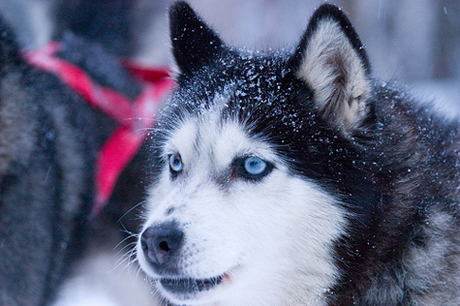Mushers Past and Present
Hike! The driver yells and the dogs start racing toward their next goal. They navigate through the snow and ice of the Alaskan wilderness via training and verbal commands from the “musher” on the sled they pull.
The Iditarod, an annual race for dog sled teams and the people who drive them, covers 1000 miles across the Alaskan wilderness. It spans two weeks and draws competitors from all over the world. Started in 1973 to commemorate the history of dog sledding, it’s grown into the world’s most competitive race.

Work and Transportation
“Mushing”, the practice of using hardy, cold-weather dogs to pull sleds, dates to at least 2000 BC. People have used mushing for centuries to move everything from mail to refrigerators through snowy terrain. They were even used as ambulances in cold climates like Norway during World War I.
Heroic Mushing Teams
One famous run occurred in 1925, when 20 mushers and 150 sled dogs relayed a serum across Alaska in five and a half days in order to save the residents of Nome and surrounding areas from an epidemic.
The Future of Mushing
Today, most deliveries are made by plane and mushing is primarily a sport. It’s growing in popularity with dog lovers the world over. You don’t even need to live in a snowy environment.
“Carting” is growing in popularity as a fun sport to do with your dog. Like it sounds, “carting” uses a cart (usually with wheels) and the dogs. Almost anyone can participate in this activity.
Sled or cart pulling isn’t relegated to only Alaskan breeds either. Traditionally, Malamutes and huskies have been sled dogs, but all types of breeds, including Dalmatians and Golden Retrievers have been hooked up to a sled and taught the techniques. If you have an active dog, chances are, they’d enjoy the activity.
Dog lovers can participate in many types of races. In some, you only need one dog. For others, multiple dogs work better. Would your dog enjoy pulling a sled or a cart?





